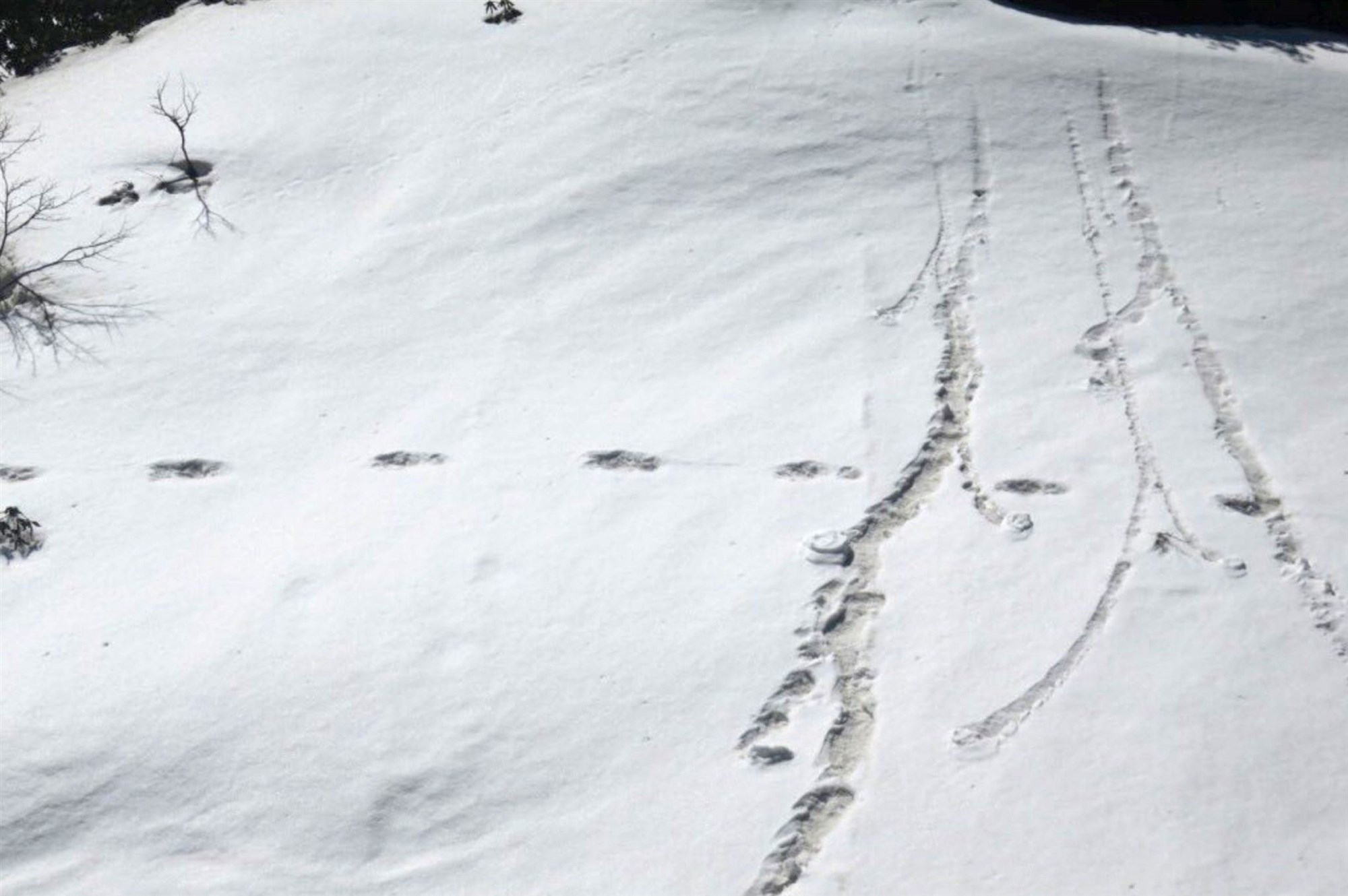Yeti and its reality

Yeti is a myth that is prevalent among the tribal people of the Himalayan region. In the language of the Sherpas, Yeti means wild-man. It is believed that Yeti is almost 25 feet tall and would weigh between 60 to 80 tons. Its body is covered with fur and walks on two legs like a human being. Westerners started developing an interest in Yeti almost at the half of the 19th century and after that Yeti was noted only a few times wherein it was seen just for the flash of a second or else its footprints were seen.
Daniel Taylor, who wrote the book ‘Yeti: The Ecology of a Mystery’ spent 60 years of his life, researching about this mythical creature. The American millionaire Tom Slik spent almost 6 months with almost 500 people to carry the goods searching for Yeti and nothing was found about the mythical creature of the sherpas.) Yeti was given the name ‘Abominable Snowman’ by Henry Newman, the reporter of The Statesman in 1921. Though the initial term that he used was filthy, it was later changed to abdominal.

Prints in the snow near Makalu Base Camp in Nepal.Indian Army via Reuters
The search and research on Yeti reached its zenith in 1951 when Eric Shiptern (who was then on an expedition to find a new route to the Mount Everest along with Micheal Ward.) photographed a humanoid footprint that was almost 13 inches long. (signifying that Yeti would almost be the size of a King-Kong)The photograph was taken at the west of Mount Everest at the Nepal- Tibet Border in the Menlung Glacier. Recently, the Indian Army has also tweeted about finding such a footprint. Later it was confirmed that the footprints were of a bear.
It is now considered that Yeti is just a mythical creature and that the footprints were just of a bear. Even in the earlier stages there were mountaineers who testified that the footprints were of a bear and that there was no mythical creature like the Yeti. A conducted by the Oxford researcher Bryan Sykes which analyzed the fur that was considered to be that of the Yeti concluded that it was similar to the ancient polar bear. But then came another study by the researcher at Copenhagen, Rose Barnet. It was during this debate that the study of Charlotte Lindqvist who was conducting a study on the evolution of bears proved that the fur that was considered to be that of Yeti was that of the bears that were seen in the Himalayan region and the tooth that was considered to be that of Yeti belonged to the Himalayan dogs.
Though there are clear scientific evidences for the above facts, the Sherpas still believe in the Yeti that has haunted them from the time of their ancient ancestors.















